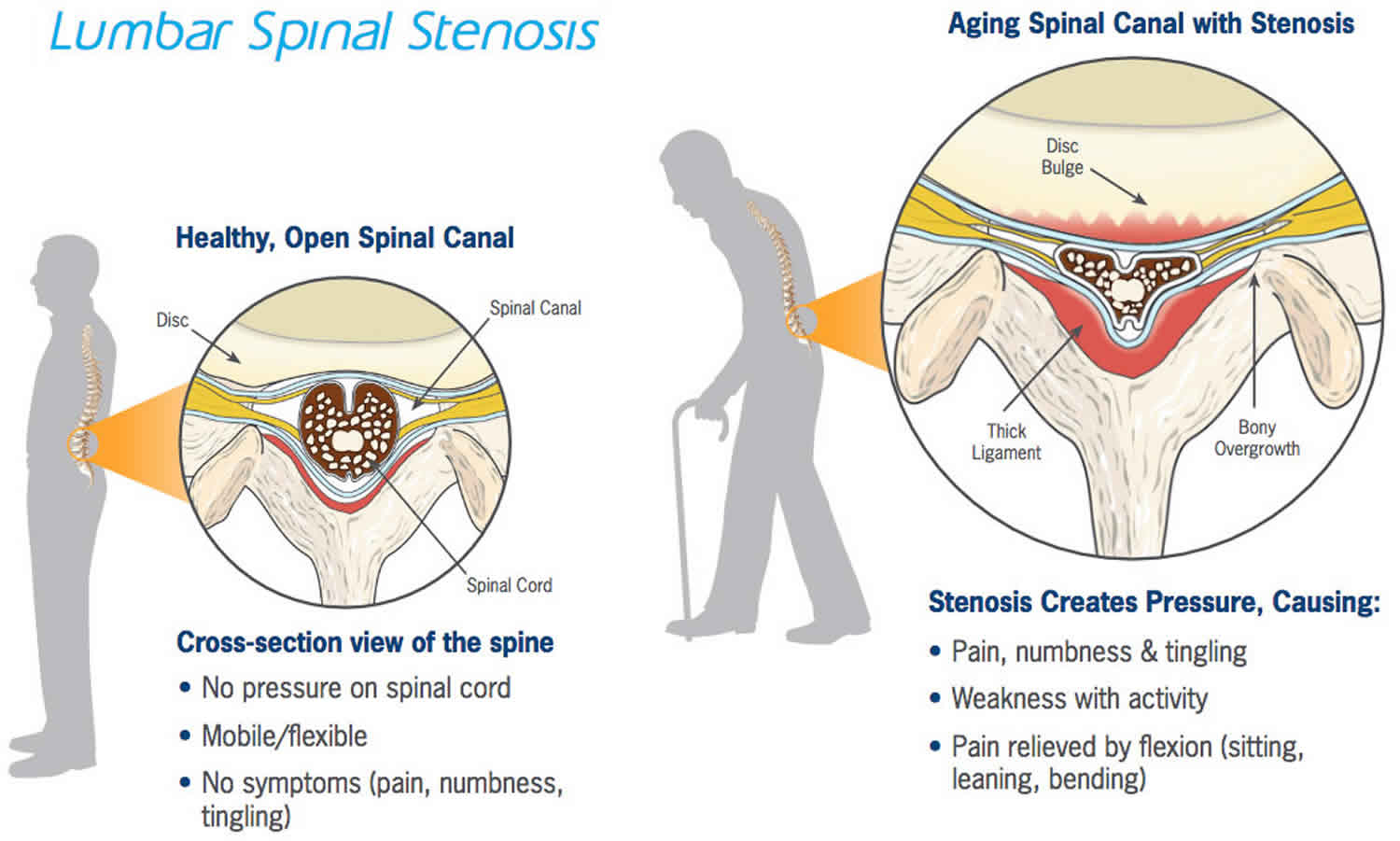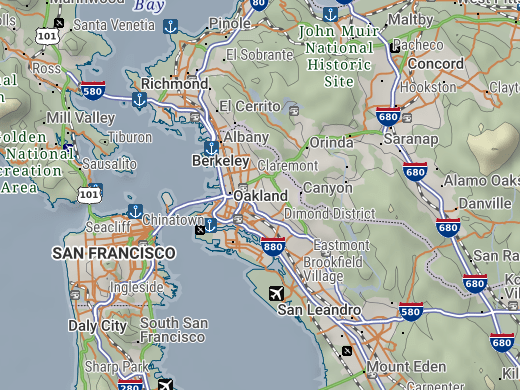Instead the surgeon uses a small needle to remove a small portion of the lamina from your spine. Percutaneous image-guided lumbar decompression PILD is a posterior decompression of the lumbar spine performed under indirect image guidance without any direct visualization of the surgical area.
Spinal Stenosis What Is It Symptoms Causes Treatment Surgery
Mild is a safe procedure that can help patients diagnosed with lumbar spinal stenosis LSS stand longer and walk farther with less pain1 It is a short outpatient procedure performed through a very small incision about the size of a baby aspirin that requires no.

Pild procedure for spinal stenosis. PILD is performed without the use of incisions or invasive surgical instruments. In this procedure the epidural space is filled with contrast medium under fluoroscopic guidance. The clinician uses a special sculpting tool that glides through a portal with a diameter of 5 mm about the size of a pen cap to go between the bones scrape out the ligament and widen the spinal canal to reduce nerve roots compression.
Heres how the procedure works. The mild procedure is performed under deep sedation through a 1-cm incision. Find out how this quick outpatient procedure which has a safety profile similar to an epidural steroid injection ESI may help you stand longer and walk farther with less pain.
This procedure is generally described as a non-invasive procedure. Lumbar spinal stenosis LSS is a common degenerative condition of the spine which is a major cause of pain and functional disability for the elderly. PILD is a posterior decompression of the lumbar spine performed under indirect image guidance without any direct visualization of the surgical area.
Percutaneous image-guided lumbar decompression PILD for lumbar spinal stenosis is covered only as part. The mild Procedure addresses a major root cause of LSS by removing excess ligament tissue to restore space in the spinal canal. This procedure is generally described as a non-invasive procedure using specially designed instruments to percutaneously.
The goal is the same as other treatments to relieve pressure on the nerves. Percutaneous image-guided lumbar decompression PILD also known as MILD an outpatient procedure to treat lumbar stenosis thats performed through a 1cm incision. More specifically lumbar stenosis resulting in a condition known as neurogenic claudication is the classic diagnosis for which PILD is indicated.
This structural stability is accomplished by locating and removing only those portions of tissue and bone that compress the spinal nerves and cause pain. The mild Procedure typically takes less than an hour and can be performed through a single tiny incision smaller than the size. PILD short hand for Posterior Image-Guided Lumbar Decompression is a minimally invasive procedure designed to treat symptomatic lumbar spinal stenosis LSS.
Your physician will use X-ray imaging to locate areas of diseased or damaged tissue. An hour may change everything for patients with lumbar spinal stenosis LSS. Specialized tools are inserted through a tiny incision in your back This removes small pieces of bone and excess ligament that cause the narrowing of the canal Some doctors have described treating LSS as being similar to removing a kink in a drinking straw An.
It can help you stand longer and walk farther with less pain and because it doesnt require general anesthesia it might be a good option if youre considered high risk for surgery. The mild procedure is an FDA-approved minimally-invasive treatment to remove excess tissue in the spinal canal with the goal of relieving pressure on the spinal nerves. The lamina is the part of the spine that often puts pressure on the nerves in spinal stenosis.
This is a procedure proposed as a treatment for symptomatic lumbar spinal stenosis LSS unresponsive to conservative therapy. This is a procedure proposed as a treatment for symptomatic LSS unresponsive to conservative therapy. It can be performed on an outpatient basis in less than an hour.
With a needle-like instrument thickened ligaments are partially removed. This is a procedure proposed as a treatment for symptomatic LSS unresponsive to conservative therapy. Mild has been proposed as an ultra-minimally invasive treatment of central lumbar spinal stenosis.
While this treatment is an invasive option PILD is much less invasive than spinal surgery. Neurogenic claudication symptoms are a hallmark of LSS where patients develop low back or leg pain when walking or standing that is relieved by sitting or lumbar flexion. Minimally Invasive Lumbar Decompression MILD also known as Percutaneous Image-Guided Lumbar Decompression PILD is an excellent and minimally invasive treatment for patients suffering from spinal stenosis symptoms namely lower back pain with leg heaviness numbness andor tingling with walking that improves with sitting.
The mild procedure to treat spinal stenosis restores space relieve pressure on nerves in the spinal canal while maintaining the natural supporting structure of bone and muscle in the spine. An invasive procedure that often can provide relief is percutaneous image-guided lumbar decompression PILD. PILD for LSS is a posterior decompression of the lumbar spine performed under indirect image guidance without any direct visualization of the surgical area.
